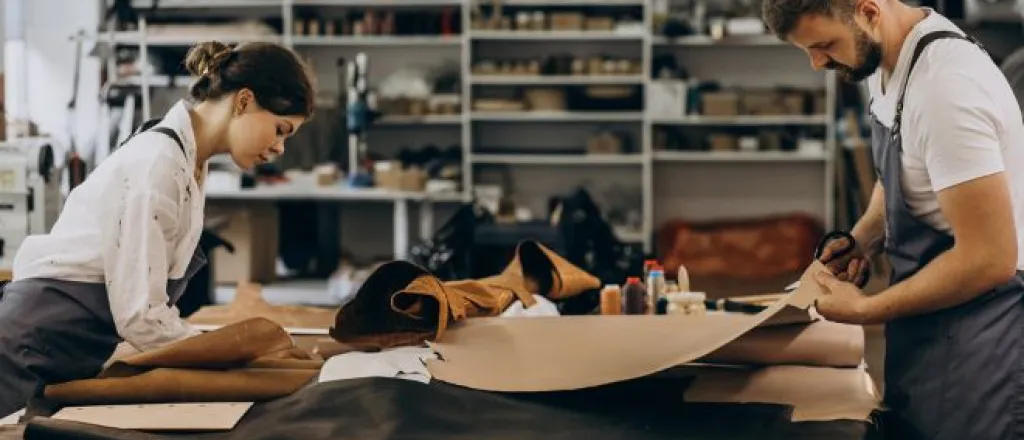
Tips for getting into leatherworking as a hobby
Sewing is a common hobby for people who love fashion or working with their hands, but many crafters reserve leatherworking for professionals. We’re here to tell you that anyone can enjoy working with leather and creating their own clothes and accessories! If you’re interested, here are a few tips for getting into leatherworking as a hobby that will set you up for success.
Picking a project
You can make many things with leather, and you may not know where to start as an amateur hobbyist. It’s best to take a step back and consider what projects interest you the most—after all, you want to enjoy what you create.
Choosing to start with projects you enjoy will help motivate you, narrow down what kind of skills you should practice, and determine what tools you’ll need. With how numerous the techniques and supplies for leatherworking are, it’s not feasible to do everything at once. Let your chosen project guide you as to what aspects of the craft you should focus on.
Know your tools
The best tip for getting into leatherworking as a hobby is to learn about and understand the tools you need for the craft. Tools like knives, glue, needle, thread, and mallets are basic tools to keep on hand. After you have the fundamentals, you should look for any specialty equipment your project requires. With how many tools there are, it’s easy to get overwhelmed; take it slow and stay within the scope of your first project.
Sourcing your leather
You’re likely not going to hunt, skin, and tan your own leather, so where do you get your materials? Online leather retailers have a massive inventory of leather for you to choose from—all with different traits, appearances, and features depending on the animal they originate from. As you are brand new to the hobby and will need room to make mistakes, it’s highly encouraged you consider picking up scrap leather. Scrap leather isn’t the highest quality, as it’s a collection of leftover leather pieces, but it serves as an excellent place for any aspiring leatherworker to start.

















